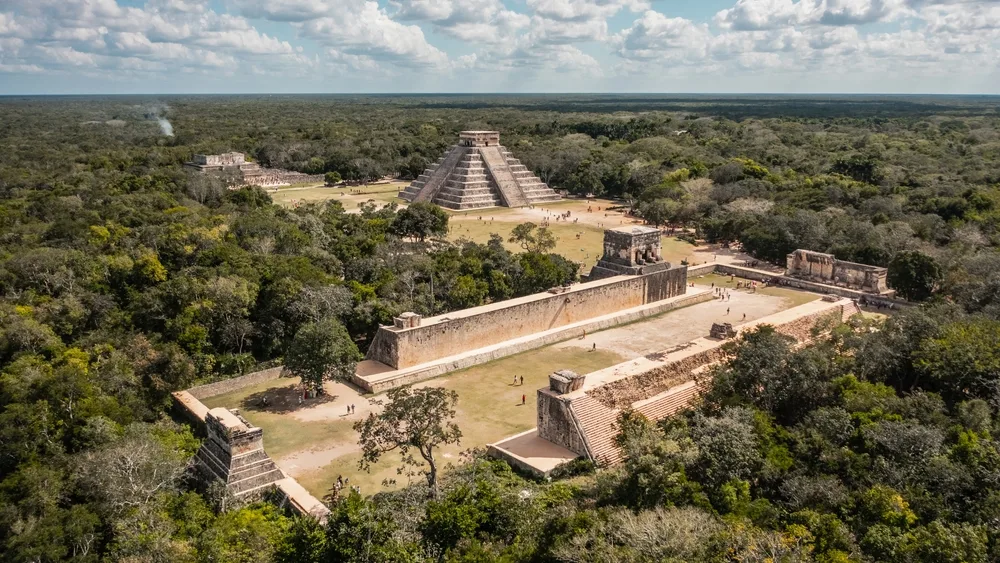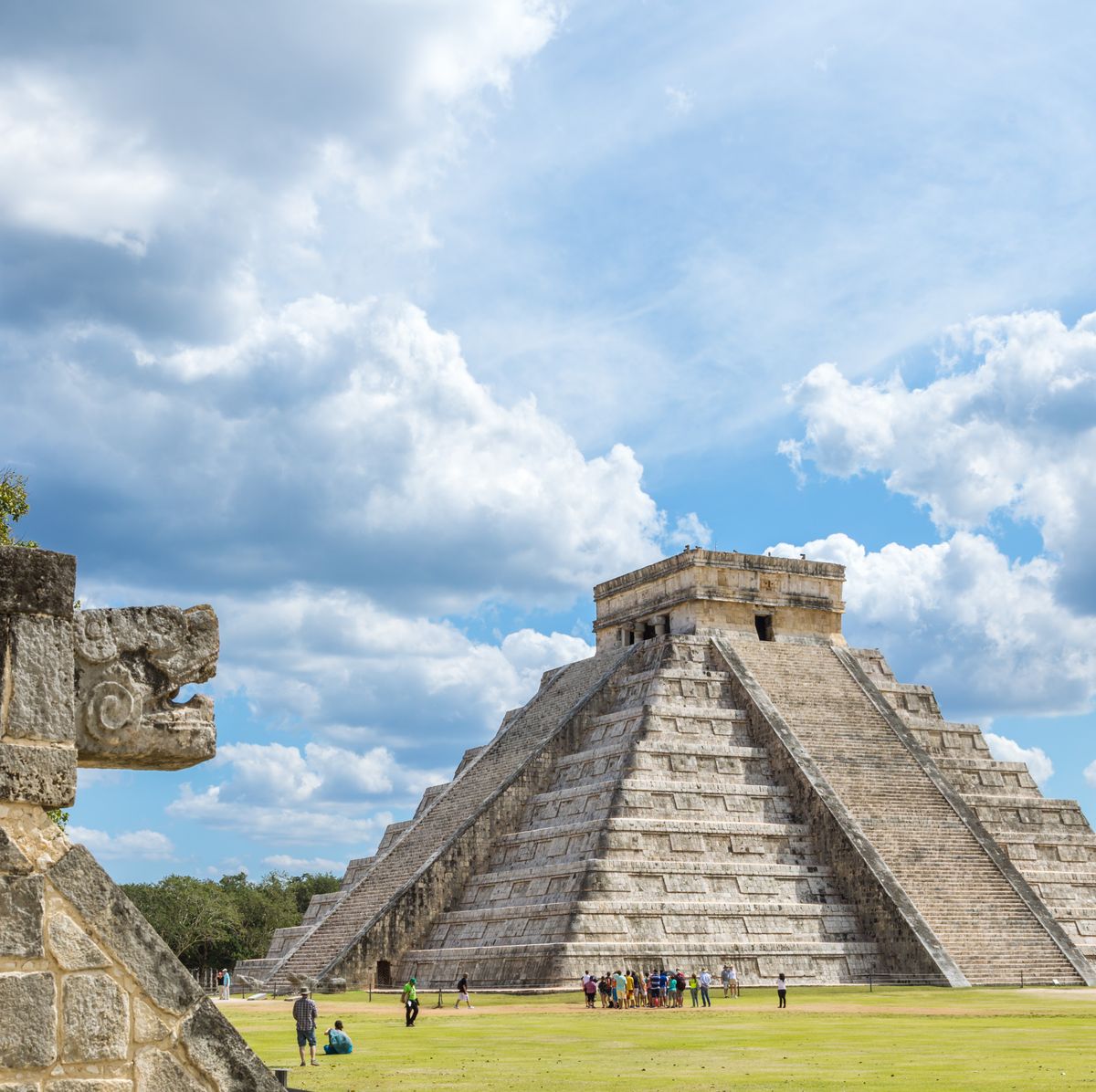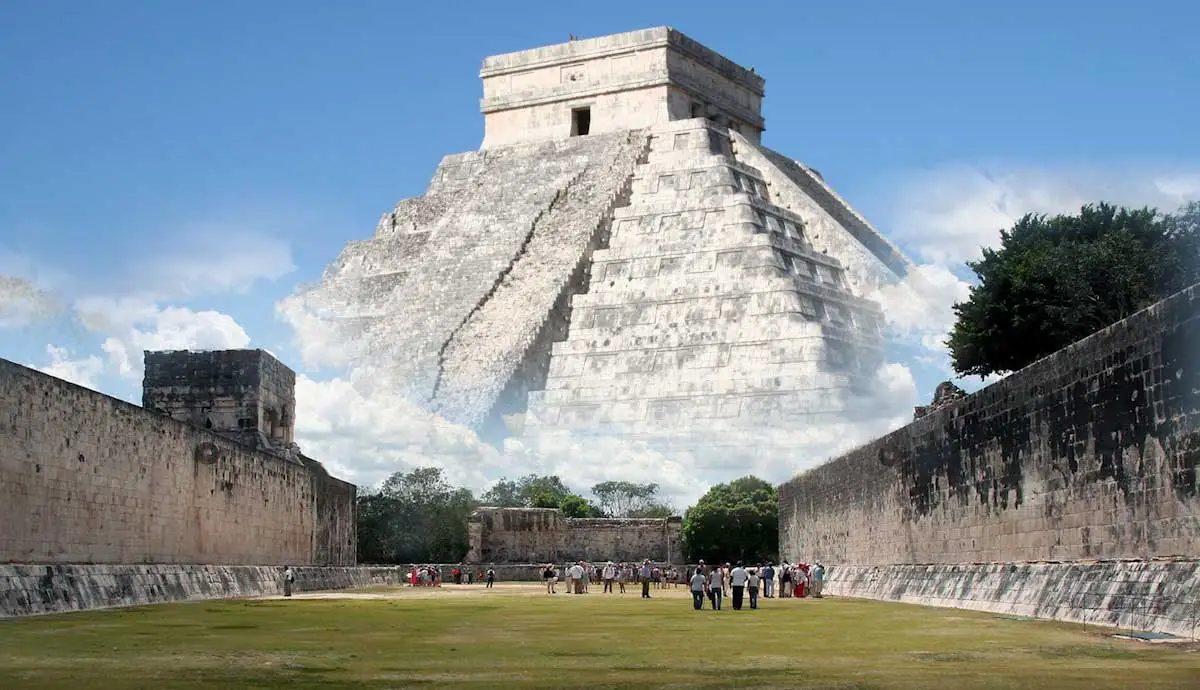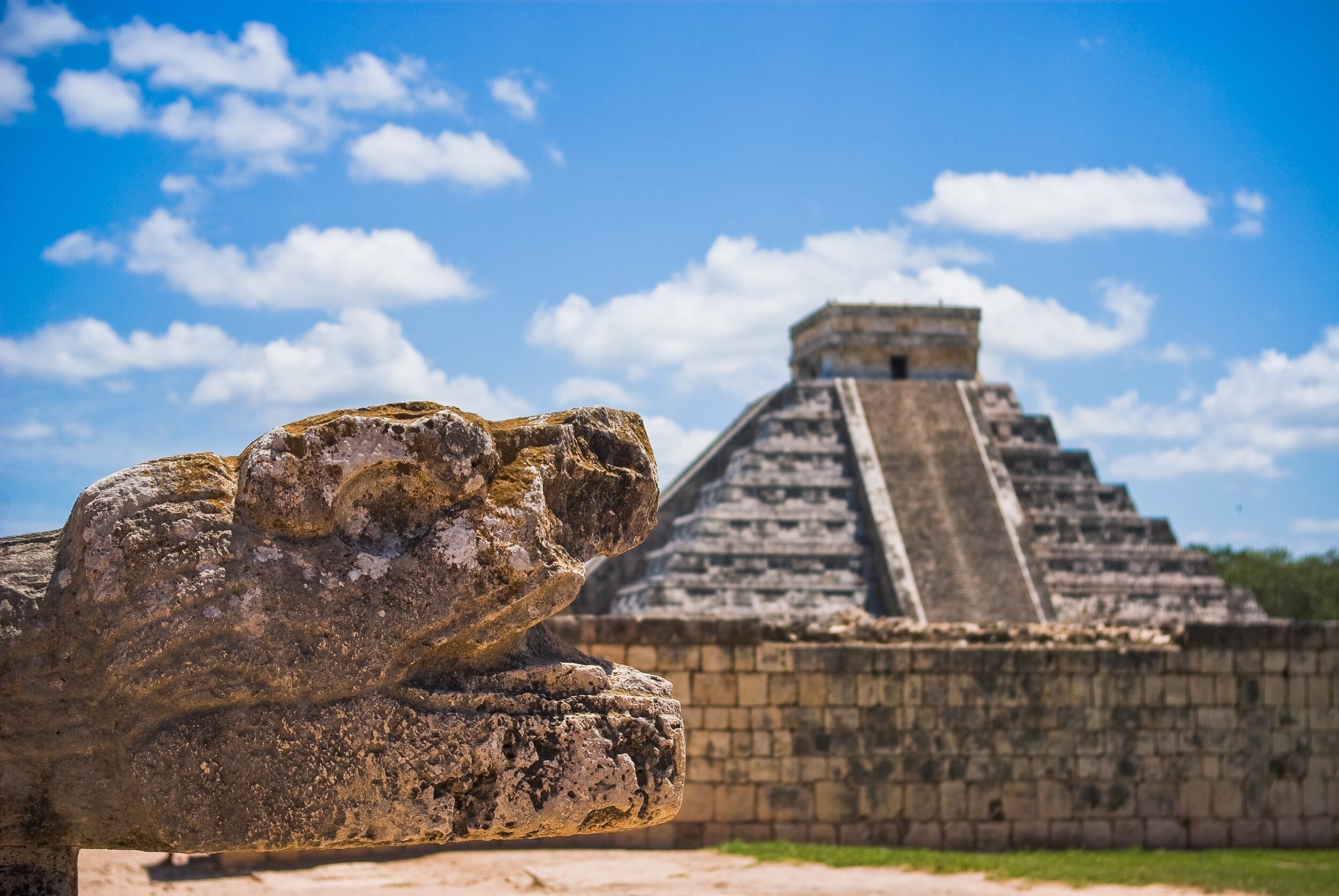New Discoveries Shed Light on Ancient Maya Civilization at Chichen Itza
Chichen Itza, the magnificent archaeological site located in the Yucatan Peninsula of Mexico, has long fascinated researchers and visitors alike with its rich history and enigmatic ruins. Recently, new discoveries have been made that provide further insight into the ancient Maya civilization that thrived at Chichen Itza.
One of the most significant findings is a well-preserved temple, believed to be dedicated to the rain god Chaac. The temple’s intricate carvings and architectural features offer valuable clues about the religious practices and beliefs of the Maya people. The discovery of this temple has ignited excitement among archaeologists, as it helps unravel the mysteries surrounding the sacred rituals performed by the Maya at Chichen Itza.
In addition to the temple, several other structures and artifacts have been unearthed, shedding light on various aspects of daily life in this ancient city. Researchers have discovered residential buildings that provide insights into the social structure and living conditions of the Maya population. Elaborate murals depicting scenes of daily life, trade, and ceremonial events have also been uncovered, offering a glimpse into the artistic and cultural expressions of the Maya civilization.
Furthermore, recent excavations have unearthed a network of underground caves and cenotes, which played a significant role in the spiritual and economic life of the Maya. These natural sinkholes were considered sacred by the Maya people and were used for ceremonial purposes as well as a vital water source in this arid region. The exploration of these underground passages has yielded a wealth of artifacts, including offerings and pottery, providing valuable insights into the religious practices and trade networks of Chichen Itza.
The newfound discoveries at Chichen Itza not only contribute to our understanding of the ancient Maya civilization but also challenge previous assumptions about the extent of their knowledge and architectural achievements. The advanced engineering techniques employed in the construction of the city’s iconic pyramids, such as the Temple of Kukulkan, continue to awe researchers. The precision and astronomical alignment of these structures indicate the Maya’s sophisticated understanding of celestial bodies and their relationship with time.
As researchers continue to delve deeper into the mysteries of Chichen Itza, there is a renewed sense of excitement and anticipation for what lies beneath the surface. These new discoveries offer a glimpse into the lives of the Maya people who inhabited this ancient city and provide a greater appreciation for their cultural and scientific accomplishments. By piecing together the fragments of the past, we can continue to unravel the intricate tapestry of the Maya civilization and gain a deeper understanding of their enduring legacy.
Hits: 14







